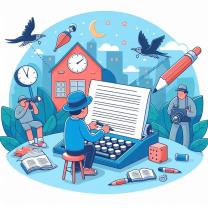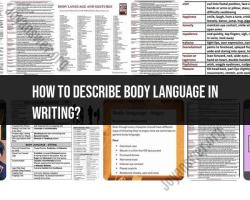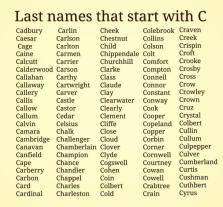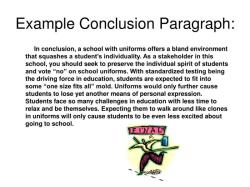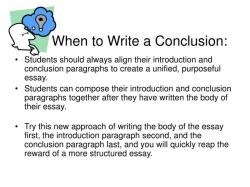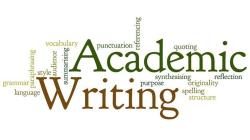What are the elements of style in a story?
The elements of style in a story refer to the author's distinctive way of writing and storytelling that contributes to the narrative's tone, mood, and impact. These elements help create a unique and engaging reading experience. Here are some key elements of style in a story:
Voice: Voice is the author's unique tone, style, and point of view that come through in the writing. It reflects the author's personality and influences the way the story is told.
Tone: Tone refers to the author's attitude toward the subject matter or characters in the story. It can be humorous, serious, formal, informal, and more. The tone sets the emotional and thematic tone of the narrative.
Imagery: Imagery involves the use of descriptive language and sensory details to create vivid mental images for the reader. It appeals to the senses and helps the reader visualize the story's settings and characters.
Figurative Language: Authors often use figurative language, such as metaphors, similes, and personification, to add depth and meaning to their writing. Figurative language can make descriptions more vivid and concepts more relatable.
Symbolism: Symbolism is the use of symbols or objects to represent deeper themes or ideas in the story. These symbols can add layers of meaning and complexity to the narrative.
Diction: Diction refers to the author's choice of words and vocabulary. It influences the story's style and can convey the characters' personalities, the setting's atmosphere, and the story's overall mood.
Sentence Structure: Sentence structure, including the length and complexity of sentences, affects the pacing and rhythm of the story. Short, choppy sentences may create tension, while long, flowing sentences can convey a sense of calm or reflection.
Point of View: The author's choice of narrative perspective, such as first-person, third-person limited, or omniscient, impacts how the story is told and how the reader connects with the characters.
Dialogue: The way characters speak and interact with each other in dialogue can reveal their personalities, motivations, and relationships. Effective dialogue can make characters feel authentic and engage the reader in the story.
Foreshadowing: Foreshadowing involves dropping hints or clues about future events in the story. It builds suspense and anticipation while preparing the reader for what's to come.
Flashbacks: Flashbacks are narrative techniques that provide background information or reveal past events in the story. They can be used to deepen the plot or develop characters.
Repetition: Skillful use of repetition can emphasize key themes, ideas, or motifs in the story, making them more memorable and impactful.
Irony: Irony occurs when there is a contrast between what is expected and what actually happens. It can add humor, drama, or depth to the narrative.
Pacing: Pacing is the rhythm or tempo of the story. Authors can vary pacing to create tension, build excitement, or slow down for reflection.
Transitions: Smooth transitions between scenes, paragraphs, and ideas help maintain the story's flow and coherence.
Sentence Variations: Authors use a variety of sentence types (declarative, interrogative, imperative, exclamatory) to convey different emotions and information.
Each author has a unique blend of these elements that defines their writing style. These elements work together to engage the reader, convey the story's message, and create a memorable literary experience.
Elements of Style in Storytelling: Crafting Engaging Narratives
The style of a story is the way in which it is written. It encompasses the author's choice of words, sentence structure, tone, and imagery. A well-crafted style can enhance the story's impact and make it more engaging for the reader.
Here are some key elements of style in storytelling:
- Word choice: The words that an author chooses can have a significant impact on the tone and feel of the story. For example, using simple, direct language can create a sense of realism and immediacy, while using more complex or poetic language can create a sense of mystery or wonder.
- Sentence structure: The way that an author structures their sentences can also affect the tone and pace of the story. For example, short, choppy sentences can create a sense of urgency or excitement, while long, flowing sentences can create a sense of calm or contemplation.
- Tone: The tone of a story is the overall mood or atmosphere that the author creates. It can be serious, humorous, ironic, or anything in between. The tone of a story is often conveyed through the author's word choice, sentence structure, and imagery.
- Imagery: Imagery is the use of language to create vivid pictures in the reader's mind. It can be used to describe the setting, characters, or events of the story. Effective imagery can help the reader to connect with the story on a deeper level.
The Art of Storytelling: Key Elements of Style
In addition to the key elements of style listed above, there are a number of other stylistic techniques that storytellers can use to enhance their stories. These include:
- Figurative language: Figurative language is the use of language in a non-literal way to create a more vivid or impactful effect. Some common types of figurative language include metaphors, similes, personification, and hyperbole.
- Pacing: Pacing is the speed at which a story unfolds. It can be controlled through the length of scenes, the level of detail, and the use of suspense and foreshadowing. Good pacing can keep the reader engaged and eager to find out what happens next.
- Dialogue: Dialogue is the conversation between characters in a story. It can be used to reveal character, advance the plot, and create conflict. Effective dialogue should sound natural and believable.
Style Elements in Narrative Writing: Enhancing Your Stories
When writing a story, it is important to consider the style of the story. The style should be appropriate for the story's genre, tone, and audience. For example, a children's book will typically have a different style than a horror novel.
Here are some tips for enhancing your stories with style elements:
- Use vivid language: Choose words that will create a strong impression on the reader's mind. Avoid using clichés and overused phrases.
- Vary your sentence structure: Mix up short and long sentences, simple and complex sentences, and active and passive voice. This will help to keep the reader engaged and prevent the story from becoming monotonous.
- Use figurative language: Figurative language can add depth and interest to your writing. However, be careful not to overuse it, as this can make your writing sound pretentious or confusing.
- Pace your story effectively: Don't rush through important scenes or dwell on unimportant details. Keep the reader engaged by using suspense and foreshadowing.
- Write natural-sounding dialogue: When writing dialogue, keep in mind the character's personality and background. Make sure that the dialogue sounds like something that the character would actually say.
By following these tips, you can use style elements to enhance your stories and make them more engaging for your readers.


